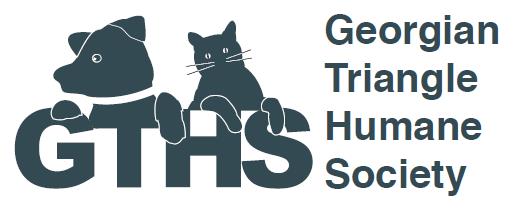Dog breath? Get THem to the vet to prevent a costly problem.
“It’s something you do every morning, part of your daily routine—brush your teeth. While most people take care of their own mouths, they often forget that they also should take care of their pet’s teeth through a regular dental health care regimen,” explains Dr. Clark K. Fobian, president of the AVMA. “One of the most common problems veterinarians see in pets is dental disease, and, unfortunately, these issues can get serious if untreated. I remind pet owners that an untreated dental infection can spread to the heart, kidneys and other organs, and suddenly become life threatening. Practicing good dental hygiene at home, in addition to regular dental cleanings by your veterinarian, is the most efficient and cost-effective way to keep your pets healthy, comfortable and pain-free.”
According to a 2013 analysis conducted by VPI Pet Insurance, the average cost to prevent dental disease in pets is $171.82, but it costs $531.71 to treat dental disease.
Resources and information for Pet Dental Health Month:
-
Periodontal Disease video
-
National Pet Dental Health Month webpage
-
AVMA Animal Tracks podcast about the importance of dental health for our pets
“We brush our teeth each day, and daily oral hygiene is recommended for dogs and cats from the time the permanent teeth erupt,” explains Dr. Jan Bellows, president of the American Veterinary Dental College. “Brushing is the gold standard, and many dogs and some cats will tolerate having their teeth brushed if the introduction to brushing is managed gently and gradually. In addition, several companion animal nutrition companies offer dental diets. The texture of those foods generates a mechanical cleansing effect on the surface of the tooth as the pet is eating. Dental treats such as chews can also be effective, either mechanically by scraping the tooth surface or by chemically removing excess calcium in saliva that could otherwise be deposited on the teeth as calculus. There are also plaque-retardant products available in the form of a water additive, spray, gel or dentifrice, and products that are used to seal the surface of the teeth to prolong the beneficial effect of professional dental scaling. Talk to your veterinarian for more advice about preventing dental disease in your pets.”
While regular dental checkups are essential to help maintain your pet’s dental health, there are a number of signs that dental disease has already started. If you notice any of the symptoms below, take your pet into your veterinarian immediately:
-
Red swollen gums and brownish teeth.
-
Bad breath—Most pets have breath that is less than fresh, but if it becomes truly repugnant, similar to the smell of a rotten egg, it’s a sign that periodontal disease has already started.
-
Bleeding from the mouth.
-
requent pawing or rubbing at the face and/or mouth.
-
Reluctance to eat hard foods—for example, picking it up and then spitting it out.
Source: This article was written by the American Veterinary Medical Association.




